Disclosure: We may get commissions for purchases made through links in this post.
You might be familiar with gravel and sand from your hardscape and landscape projects. Each material has its own implications and very different properties. In this article, we will discuss which is heavier, sand or gravel. If you want to find out, we've searched all information for you!
The answer to this question is that sand is heavier than gravel. Sand has a finer grain than gravel and so, carries less air between its irregular particles than gravel does. Even if they are made of the same minerals, finer ground sand will be heavier. However, sand is easier to shovel than gravel.
Most construction projects and firms won't be available and completed if sand and gravel are out of the picture. These aggregates have many uses. Cities wouldn't look like what they are right now if it weren't for these resources. Keep on reading to know more about sand and gravel!
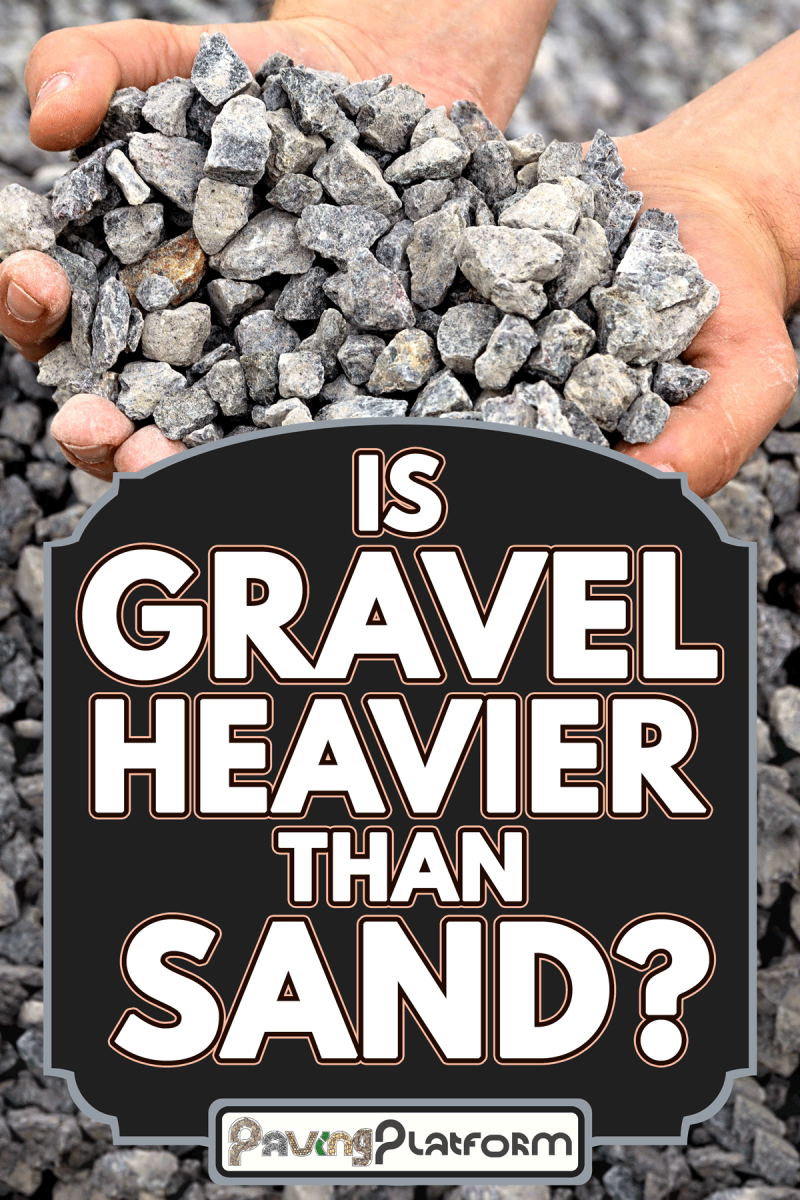
All About Sand
Sand comes from different places, environments, and sources. It is the result when rocks break down due to erosion and weathering. It takes thousands of years for a rock to fully weather. One of the rocks that takes time to disintegrate is feldspar.
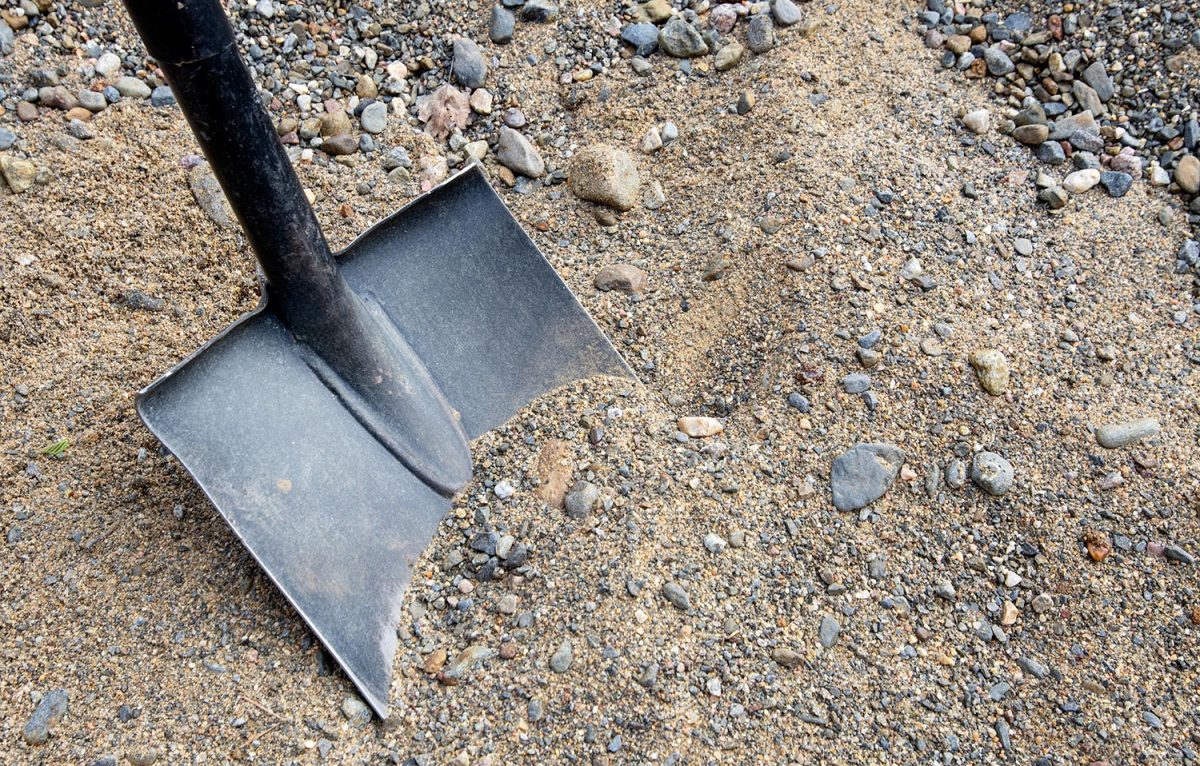
Sand is used in construction all the time as it provides strength, stability, and bulk to materials, such as concrete, asphalt, mortar, or cement. It is said to be finer than gravel but coarser than silt. You might want to know a fun and obvious fact: sandpaper is made from sand.
Types Of Sand
Various kinds of sand are used together with gravel, especially in construction. Here are some types of sand that you need to know:
1. Concrete Sand
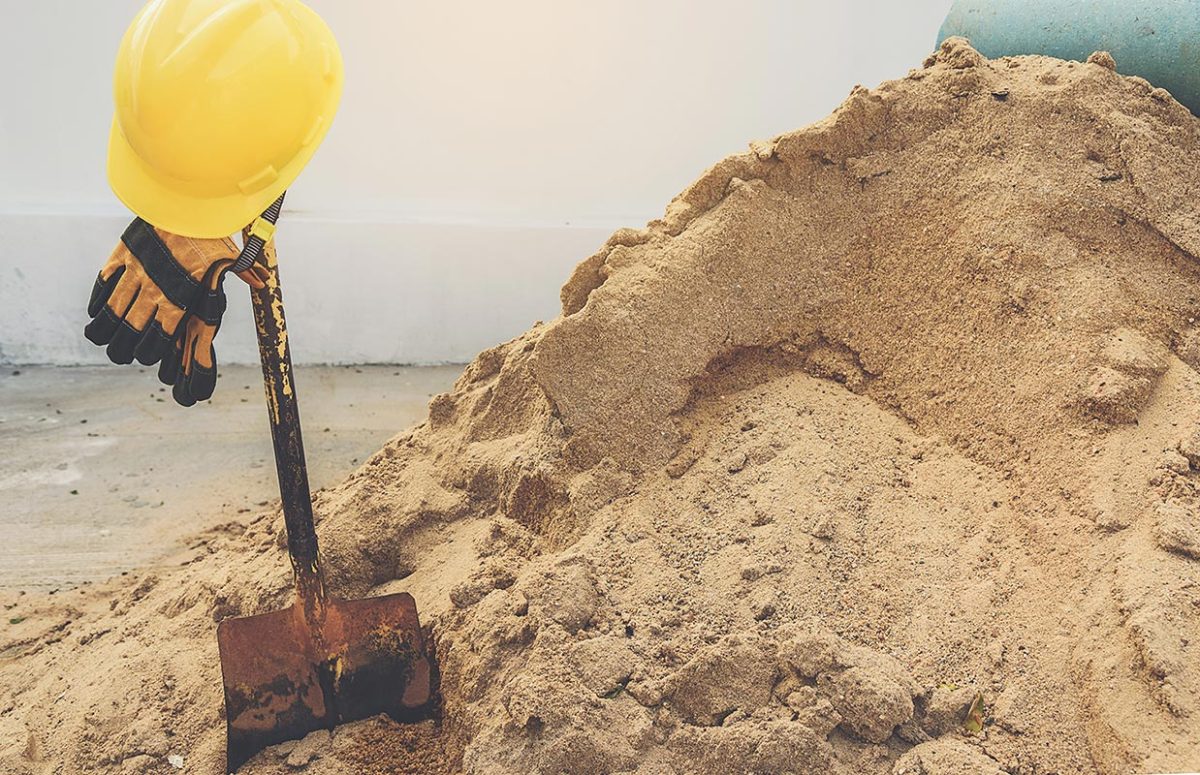
This type of sand is commonly used in construction. It is sand composed of granite rock, limestone, or gneiss. Concrete sand is also called aggregate sand. It is made from crushed concrete.
Concrete sand must be washed and screened multiple times to remove the larger particles. Water will help in lessening the coarseness of this sand, providing a smoother base for pavements or pathways.
2. River Sand
When working with concrete, mortar, or plaster, river sand is a good quality material for the mixture. River sand has both fine and coarse options. However, coarse is more used in the construction because it has lesser dust compared to fine. This sand does not need too much water because it has enough water.
River sand comes from river beds and banks and is smaller than sea sand. Because of its size, it is excellent to use for a smooth finish and tighter build.
3. Fill Sand
This type of sand is not specific since it is composed of different kinds of sand. Fill sand can be compacted well but can also be clumpy because it is not processed. This sand is common in the construction of commercial and residential buildings.
Fill sand does not hold onto moisture, making it great for drainage areas prone to being wet. Also, if you use this for a more exposed project, you do not have to worry since it adds aesthetic.
However, over time, its strength may deteriorate. We recommend using fill sand in wet areas, such as septic or water tanks.
All About Gravel
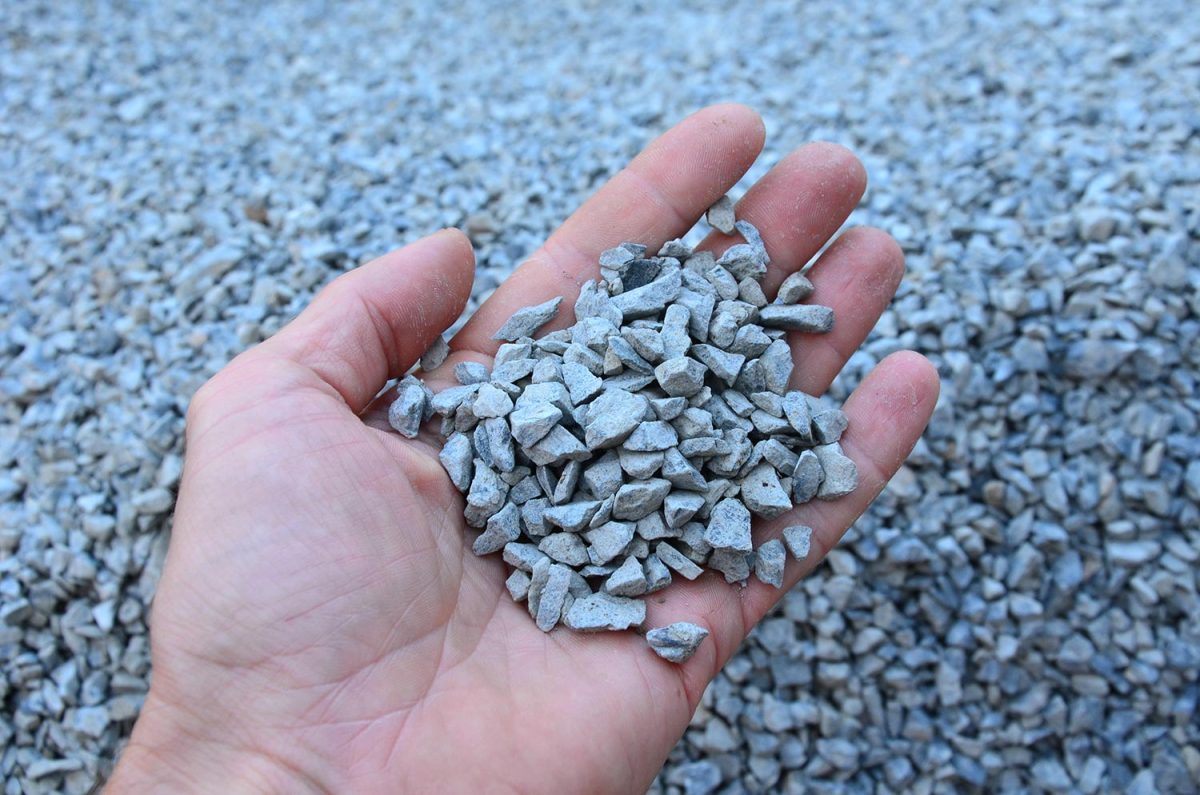
Gravel is an aggregate with small but various-sized rock particles. They are formed in the process of weathering and erosion of rocks. Like sand, gravel is an essential material that is used in the field of construction.
Its natural process takes time. That is why producing gravel has another method - excavated from gravel pits. This method takes place in a quarry, where stones are being crushed into smaller pieces. A gravel's size can be from 2 millimeters to 60 millimeters.
Aside from being valuable in construction, gravel can be a natural filter for water. It filters the contaminants in water and the sand-sized particles.
Types Of Gravel
Gravel is available in different shapes, colors, and textures. Here are some of the types of gravel:
1. Crushed Granite
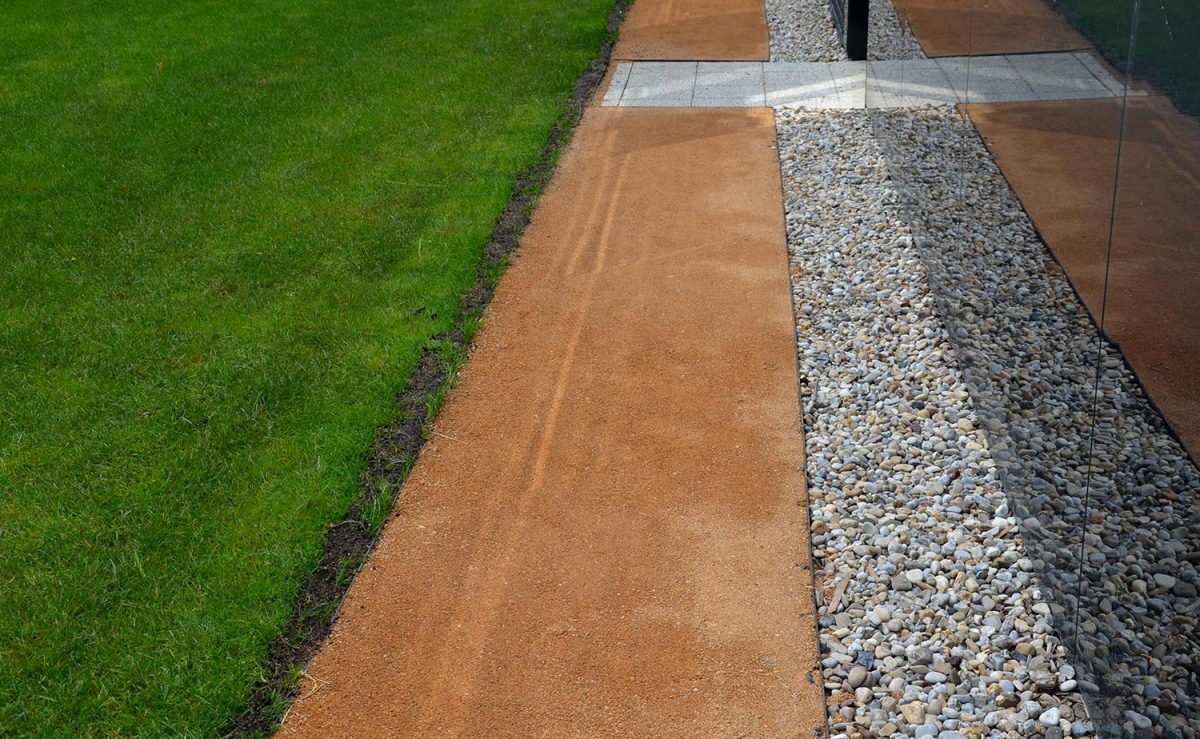
Also known as decomposed granite, this type of gravel is produced due to weathering of granite rocks. It is a mixture of small granite particles and fine granite that looks like sand. It is an aggregate that has different colors and shapes.
Crushed granite can be taken from natural erosion or quarries. It is also a budget-friendly aggregate used in driveways, landscapes, or pathways.
2. Pea Gravel
Pea gravel is often mistaken as crushed stone, but they are not similar. Pea gravel is smaller in size, like a pea, and has a less coarse feel. It is an aggregate with round edges and is smooth to touch.
It is a known loose aggregate used in pathways, driveways, and even concrete. Because of its smoothness, it is preferred by most people for their landscaping projects. You can walk easily in walkways made with this aggregate. Pea gravel is an affordable material that comes in different colors aside from neutral colors.
Order 40 lbs of pea gravel on Amazon.
3. Crushed Stone
Crushed stone is one of the most common aggregates used in construction. Two popular kinds of stone that are crushed are dolomite and limestone. This type of aggregate is often used in the construction of roads and for maintenance. Another application of this is when making cement and lime.
Instead of being formed naturally, crushed stones are processed with manufactured machines. The crushing usually takes place in a quarry with a machine called a rock crusher. It will begin with crushing large rocks into small fragments. Then, it will be screened carefully from the largest stones down to the stone dust.
It is significant that all crushed stones must be sorted because each specific size has a different purpose.
Benefits Of Sand And Gravel: Landscaping
Now we know that sand and gravel are essential in construction. However, it doesn't end there. Sand and gravel can be used in landscaping too. Here are some advantages of using sand and gravel:
An Excellent Accent
Expand your creativity in landscaping and hardscaping with sand and gravel. For instance, if you have an uneven surface, you can fill the surface with sand to make it even. After that, you can add more designs that you want.
Create Your Walkway
Do not make your outdoor space boring. Use sand and gravel to make your unique walkway! Not only is this functional, but it will add a lovely look to your landscape or hardscape while preserving the condition of the other areas not being walked on continually.
Grass Substitute
If you hate lawn space, sand and gravel are excellent options as an alternative to grass. Add some crushed stones and pea gravel to create a visually pleasing garden. An additional benefit of this is that you don't need too much time to maintain this.
Affordable
You can save in sand and gravel rather than purchasing other materials for your garden. Another good thing about sand and gravel is they last long. You can keep them in your storage room without worrying that they might rot.
Does Sand Float In Water?
If you put sand in an equal volume of water, it will not float. That is because sand is denser than water. However, if the sand weighs less than the volume of water, the sand will definitely float.
What Is Heavy Mineral Sand?
This is sand that contains many heavy minerals based on its name. Heavy mineral sand came from igneous and metamorphic rocks. The minerals occur in the sand but in quantities less than 1%. It is a natural mineral, and it is not atypical. However, it only happens in some places.
What Is The Heaviest Type Of Rock?
First off, a rock is heavier or lighter because of the minerals it contains. Heavy rocks are made up of the densest minerals - metallic minerals. One of the heaviest rocks is called gabbro. It is an intrusive igneous rock that is dark-colored.
In Closing
Even though sand and gravel are commonly used in the construction area, they are often overlooked as materials for landscaping projects. Both of these materials work well for your outdoor space, especially in making walkways.
Since you are here, you might consider reading:


![Vibrant Red Paver Stone Path, Can You Spray Paver Sealer? [How To Apply It]](https://pavingplatform.com/wp-content/uploads/2022/04/Vibrant-Red-Paver-Stone-Path-600x400.jpg)
![Properly laid out red pavers for a garden, Can You Tint Paver Sealer? [And How To]](https://pavingplatform.com/wp-content/uploads/2022/04/Properly-laid-out-red-pavers-for-a-garden-600x400.jpg)
